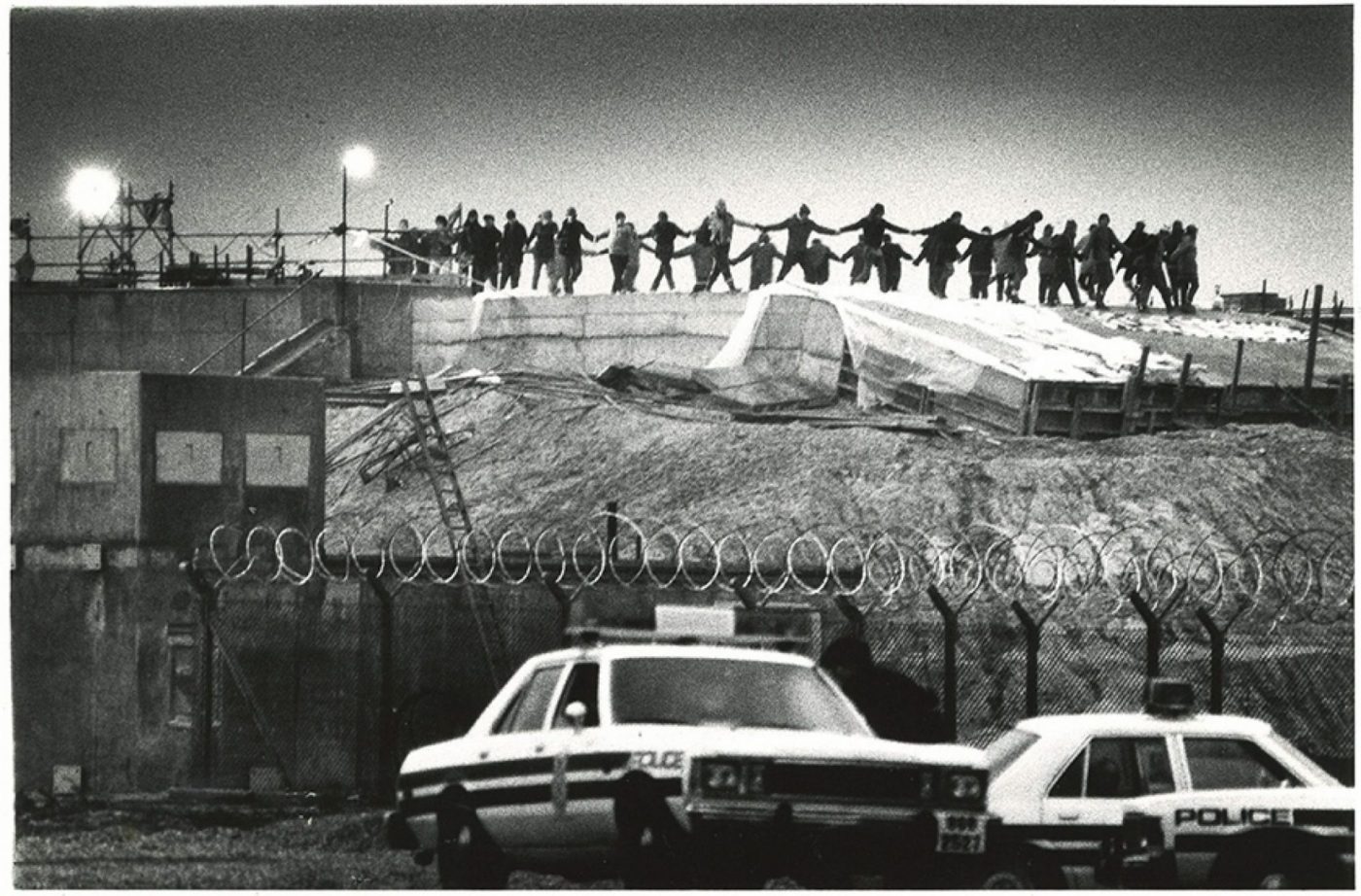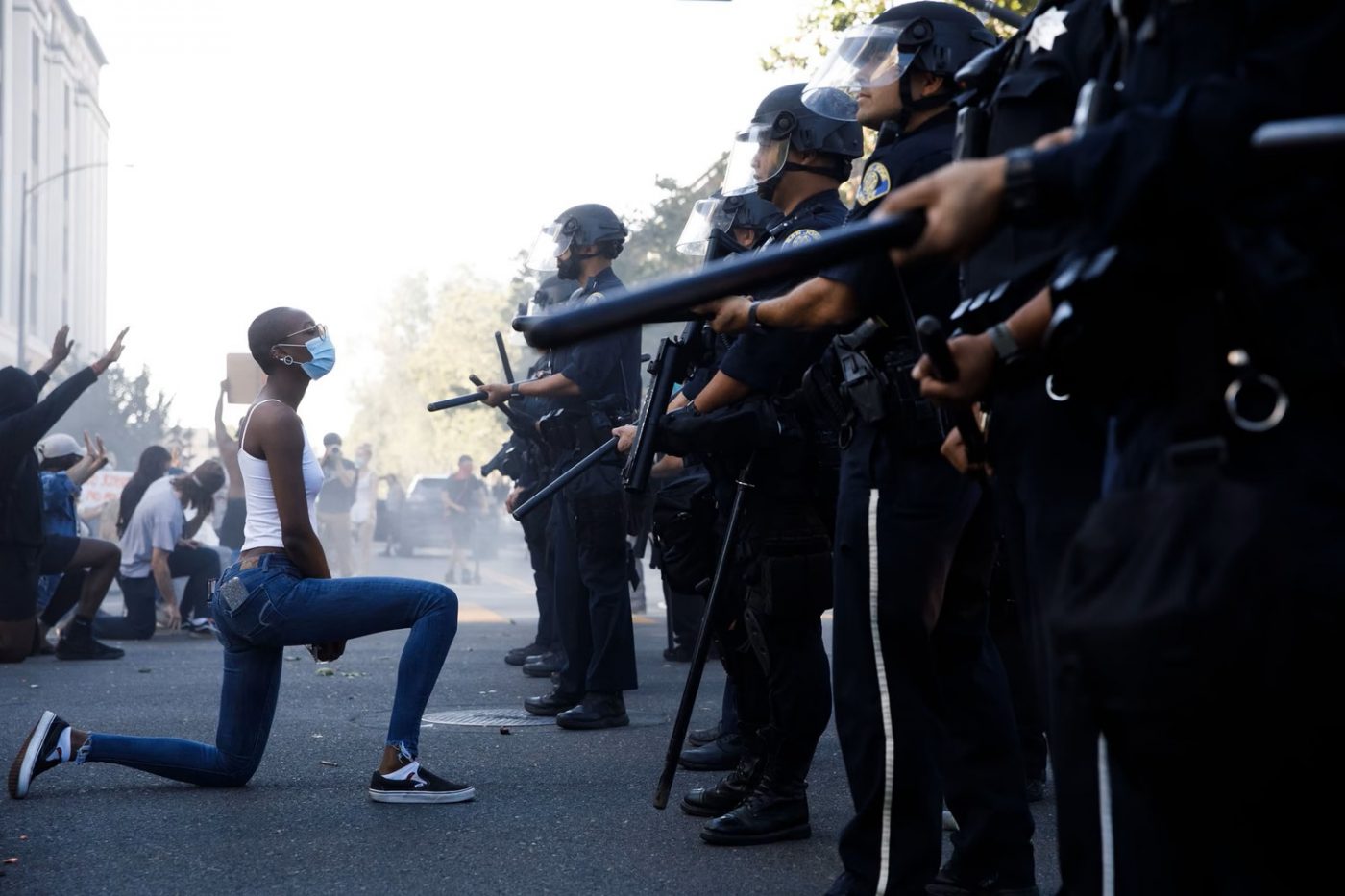In today’s world of smartphones, social media, and nearly instantaneous sharing, it might seem as though every defining moment is already being captured from every angle. Yet, amid the digital noise, protest photography stands apart as a vital art form and a record of our times. For me, and many others who press the shutter in moments of upheaval, it’s not simply about taking pictures – it’s about bearing witness to history, amplifying silenced voices, and sparking a dialogue that can lead to real change.

As a form of documentary photography, it becomes a medium for capturing real-life events, the surrounding environment, and people to tell a truthful story. It’s often intended to inform or raise awareness about social, political, or cultural issues. It is unique because it captures the immediacy of human emotion and the collective spirit that refuses to be ignored. Whether it’s the clenched fist raised in defiance or the determined march of a community united against oppression, each photograph captures a story of struggle, resilience, and hope.
Images that can become brutally honest records of life in motion. Unlike studio portraits or pre-planned sessions where control over every aspect is possible, protest photography takes place in an environment where chaos and unpredictability reign. Here, the beauty lies in imperfection and spontaneity. Every frame captures a moment in time that speaks louder than words – a glimpse into the raw, unfiltered fight for justice.
But It’s More Than That
Protest photography often carries an added layer of urgency and advocacy. While documentary photographers might remain observers, protest photographers are sometimes also participants or witnesses who feel personally connected to the cause, blurring the line between observer and engaged storyteller.
For this reason, my journey into protest photography became an easy decision to make. I’ve always been drawn to stories of resistance and revolution. Growing up in London and witnessing the upheaval, political strife, and social change of 70s and 80s Britain, images of striking workers, anti-racism counter-protests, and the anti-nuclear movement were not only news – they were enduring symbols of what happens when people unite to challenge power and struggles which resonated with me.
There is something magnetic about the energy of a protest. The air of protest can be thick with determination and urgency, the people taking part in these movements become the living embodiment of change. Documenting this charged atmosphere can lead to feelings of a profound responsibility; not only to document but also to honour the courage of those who dare to stand up for what they believe in by challenging authority. Each click of the shutter is an act of solidarity, an acknowledgment that their stories deserve to be told and remembered.
Exposing Injustice Through the Lens
Art can inspire, but truth can ignite. Protest photography has the rare ability to expose injustice in ways that words alone often cannot. A single image of a peaceful protester staring down riot police, or a child holding a handmade sign, can shake the conscience of a nation. These photographs don’t just show what’s happening; they reveal the deeper truths behind the headlines. They offer irrefutable evidence of oppression, brutality, or resilience. And sometimes, they become the visual catalysts that propel public outcry and political change.

Photography was especially central to how the world witnessed the Black Lives Matter protests in America. It gave the movement a powerful visual language; one that transcended borders and spoke to people everywhere. Through images of solidarity, defiance, and grief, photographers captured not just moments but meaning. These visuals connected with viewers on a visceral level, turning fleeting encounters into lasting symbols of resistance.
Shared widely across news platforms and social media, these images did more than inform, they mobilised. They sparked conversations, inspired acts of solidarity, and forced institutions to confront uncomfortable truths. In capturing those protests, photographers weren’t just documenting history. They were helping to shape it.